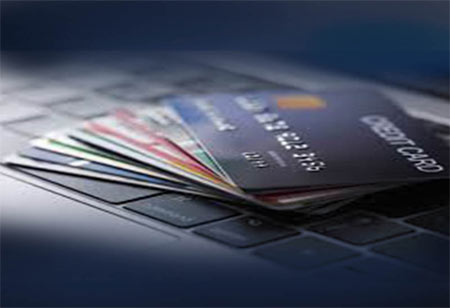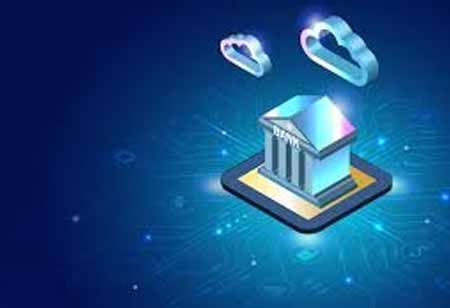THANK YOU FOR SUBSCRIBING

By
Banking CIO Outlook | Wednesday, May 01, 2024
Stay ahead of the industry with exclusive feature stories on the top companies, expert insights and the latest news delivered straight to your inbox. Subscribe today.
The payment landscape is evolving rapidly, shaped by consumer preferences, technological advancements, and the need for more efficient and secure payment methods.
FREMONT, CA: The world of payments is undergoing a significant transformation driven by consumer demand and technological advancements. Digital wallets have become a common choice for people of all ages, offering a convenient way to store money, make mobile payments, transfer funds, and pay for goods and services online. These digital payment solutions aim to create a seamless and hassle-free consumer experience.
Fintech has disrupted traditional payment systems for years, pushing traditional banks to reevaluate their infrastructure and payment technologies. With the surge in e-commerce and mobile payment apps, customers expect a consistent digital payment experience across all their devices and platforms. This includes easy payment methods, real-time transactions, digital wallets, open banking, mobile banking, and even cryptocurrencies.
With open banking becoming more common, Alternative Payment Methods (APMs) are becoming more important. Merchants operating globally or catering to regional markets face increased complexity as they deal with multiple Payment Service Providers (PSPs). Many are turning to solutions that unify numerous PSPs and APMs through a single Application Programming Interface (API) to simplify this. This provides flexibility, allowing merchants to integrate new digital payment methods as consumer preferences change.
Consumers are now dictating their preferred payment methods, and traditional payment instruments like cash, checks, direct debits, and credit transfers are giving way to digital payments. The dominance of payment cards is waning, and mobile and digital wallets are gaining traction, especially for online purchases.
A notable trend in the payment landscape is the emergence of blockchain technology. Cryptocurrencies are leading the charge in blockchain-based payments, with increasing numbers of merchants accepting them. However, the volatility and regulatory uncertainty of cryptocurrencies have limited their acceptance as a mainstream payment method. Consumers demand more consistent and unified payment authentication processes to protect them from fraud and identity theft.
Real-time payments (RTP) have rapidly gained ground in the global payment landscape. The market size for RTP has grown significantly since 2021 and is expected to continue its upward trajectory. Cloud-hosted Payments-as-a-Service (PaaS) solutions have seen increased adoption. PaaS solutions offer agility, flexibility, efficiency, lower upfront costs, and scalability, empowering banks to meet the demand for real-time and cross-border payments more effectively in the coming years.
Leveraging data-based APIs and open banking is becoming crucial to their strategy. This means streamlined APIs and data monetization are taking center stage as banks invest in new data-led services. Reduced capital expenditure enhances flexibility and allows for the introduction of new payment schemes, clearing access, and product launches.
See Also ; Top Payment and Card Solutions Companies in Poland
THANK YOU FOR SUBSCRIBING
Be first to read the latest tech news, Industry Leader's Insights, and CIO interviews of medium and large enterprises exclusively from Banking CIO Outlook
I agree We use cookies on this website to enhance your user experience. By clicking any link on this page you are giving your consent for us to set cookies. More info



